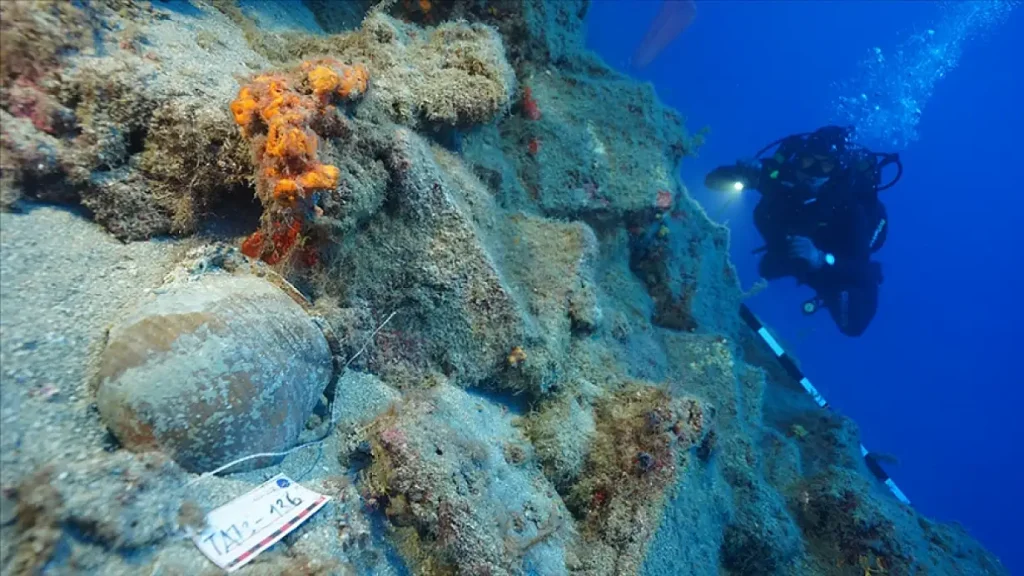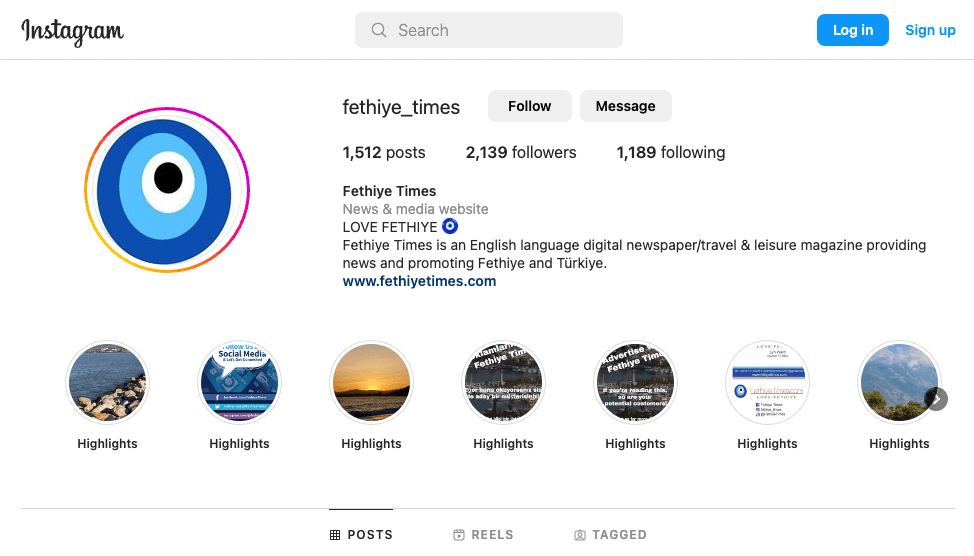Welcome to our midweek round-up of the latest news and updates from Fethiye and across Turkey.
Curated from various news sources.
Quinces and Lavender Turn Into Scholarships for Students
Fethiye, MUĞLA – The Tradesmen and Craftsmen Hobby Garden, established in the Doğanlar neighbourhood of Seydikemer in memory of the late Mehmet Öztürk — a respected board member of the Fethiye Tradesmen and Craftsmen Credit and Guarantee Cooperative — continues to transform agricultural production into educational support for local students.

This year’s quince harvest, carried out in the 22-acre garden, brought in a higher yield than previous seasons. Cooperative President İsmail Başoğlu and a small team of workers harvested, crated, and transported the quinces to the Antalya market, where demand was stronger than in Fethiye. Alongside the fruit harvest, 16 kilograms of lavender oil produced from the garden’s extensive lavender beds were also sold.
Başoğlu confirmed that the combined income from quinces and lavender — estimated at 150,000 TL — will directly fund scholarships for university students whose families are members of the cooperative. “This year, 110 of our partners’ children applied for scholarships. Thanks to our harvest, we will be able to support all 110 university students,” he said.
The hobby garden, home to 200 quince trees, 300 almond trees, and hundreds of lavender plants, is expected to yield approximately 4 tons of quinces this year, up from last year’s 2.5–3 tons. Quinces are currently selling for around 40 TL per kilogram in Antalya.
Başoğlu noted that the strong harvest may also signal a seasonal shift: “Our elders used to say that a bountiful quince year means a harsh winter. This year’s yield is both abundant and high in quality.”
With each passing season, the garden named in honour of Mehmet Öztürk continues to grow its dual legacy — agricultural productivity and meaningful educational support for local youth.
Source: https://www.fethiyetv.com/ayvalar-ve-lavantalar-ogrencilere-burs-oldu
Road Construction Begins Along Canal in Hıdırlık Area
Fethiye, MUĞLA – Fethiye Municipality has launched road construction works along the canal in the Patlangıç Pazaryeri–Hıdırlık area, aiming to improve traffic flow and enhance transportation safety for residents.
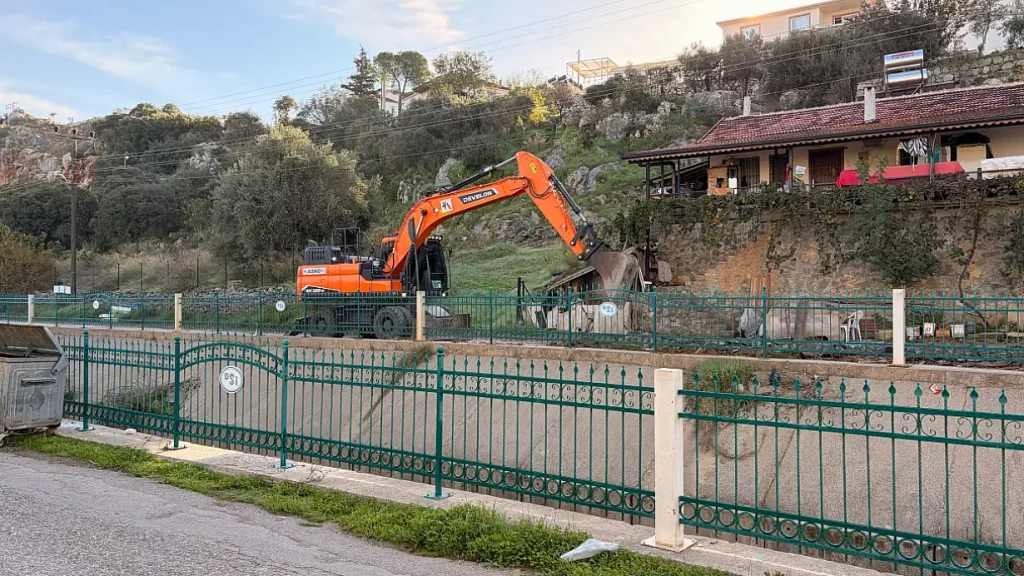
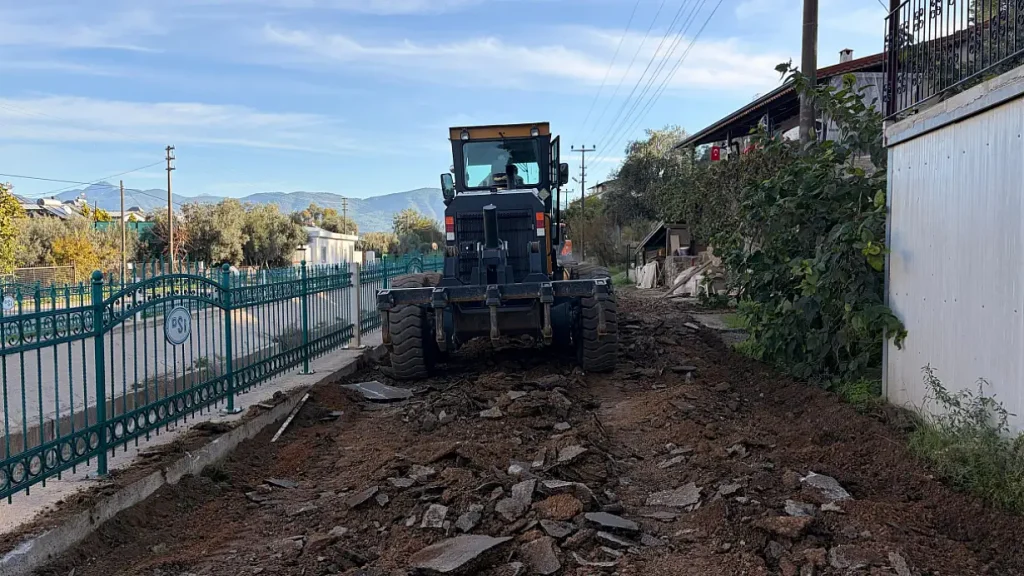

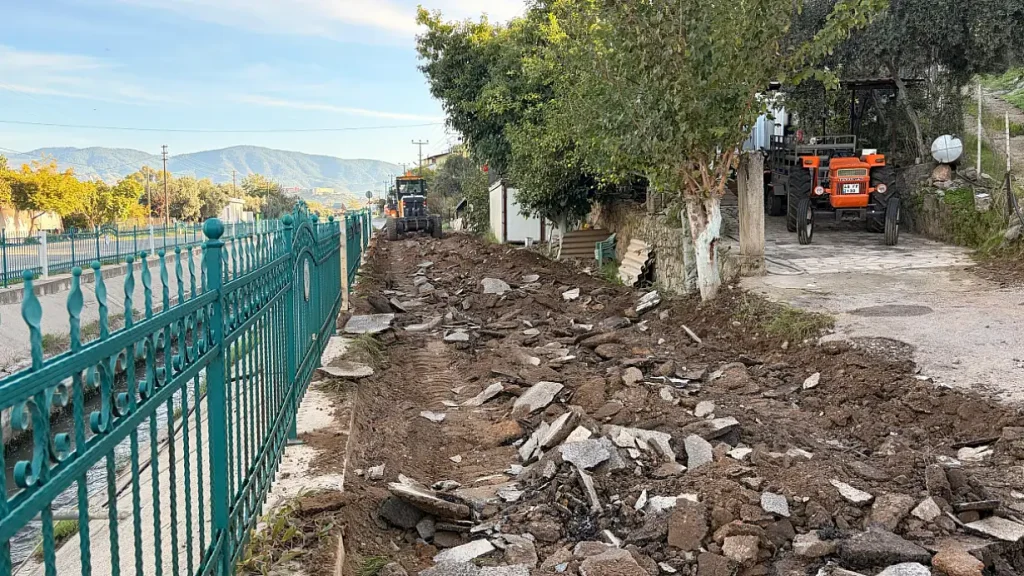
Teams from the municipality’s Public Works Department have begun rectifying the existing road surface and strengthening the underlying infrastructure. The project also includes applying a new layer of hot asphalt to provide a smoother and more durable roadway.
The improvements are expected to significantly ease traffic in both the Pazaryeri zone and surrounding neighbourhoods, contributing to greater daily comfort for residents and drivers.
During the construction period, motorists are advised to use alternative routes to avoid delays. Municipal officials stated that the works are planned to be completed swiftly to minimise disruption.
Ancient Anchorage and Shipwrecks Discovered Off Fethiye Coast
Fethiye, MUĞLA – Underwater archaeological surveys conducted off the coast of Fethiye, Muğla, have revealed an ancient anchorage and three historically significant shipwrecks, offering new insights into maritime activity spanning from the Bronze Age to the Ottoman period.
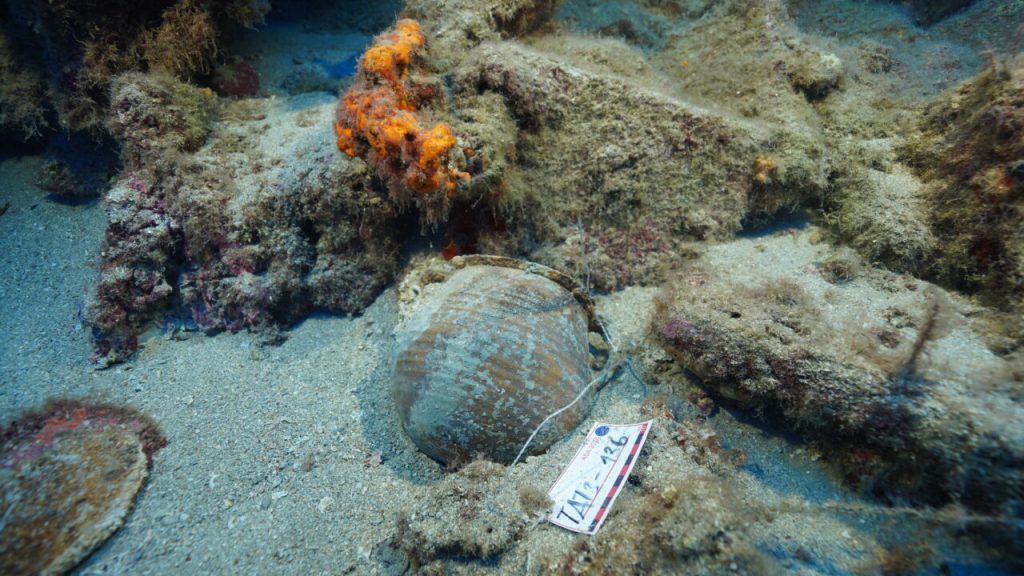

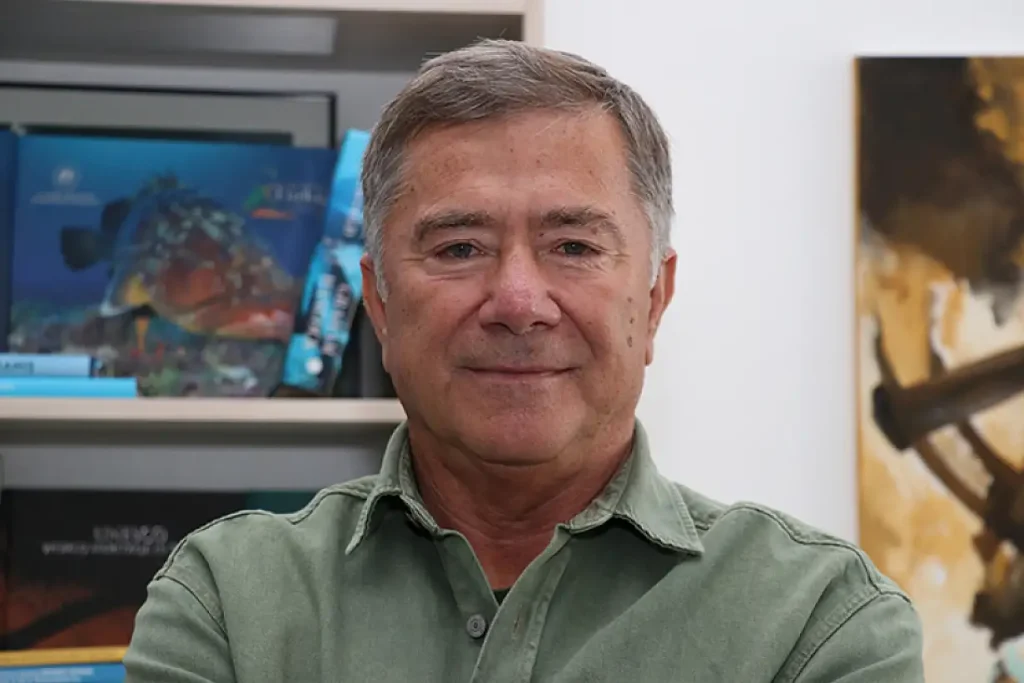
The discoveries were made by a team led by Assoc. Prof. Dr. Hakan Öniz, Head of the Department of Cultural Heritage Conservation and Restoration at Akdeniz University’s Faculty of Fine Arts. Working under the “Heritage for the Future Project” with permission from the Ministry of Culture and Tourism, the team used advanced sonar systems, remotely operated robots, and deep diving techniques to locate and document submerged historical remains.
This year alone, Öniz and his team documented 10 shipwrecks—six off the Antalya coast and four off Fethiye—bringing the national inventory from 411 to 421 known wrecks. The expedition marks the first scientific survey of its kind conducted off Fethiye’s eastern coastline.
Among the most remarkable findings is a previously unknown ancient anchorage that once served as a refuge for ships navigating the Mediterranean. Öniz explained that vessels from Egypt, Palestine, Lebanon, Syria, and the coasts of Hatay, Adana, and Mersin likely used this natural shelter during storms or while travelling along major trade routes.
The team confirmed that ships anchored at this point from the Bronze Age onward, based on the numerous ancient anchors discovered on the seabed. “These anchors show us how many thousands of years Fethiye’s shores have witnessed maritime activity,” Öniz noted.
Within the anchorage zone, archaeologists also identified three shipwrecks, dating between the 4th century BC and the 6th century AD. Though positioned in what was considered a safe harbour, the ships are believed to have sunk after being caught by sudden easterly storms.
“Each shipwreck is a time capsule,” Öniz said. “From their amphorae and cargo, we learn what was produced in each period, where it was shipped from, and how ancient trade networks operated. These wrecks are like books that help us read history.”
The study contributes to Turkey’s rapidly growing underwater cultural inventory. Öniz highlighted that the team is also conducting major excavations at the Kumluca Ceramic Shipwreck and the Kumluca Middle Bronze Age Shipwreck—considered the world’s oldest known shipwreck. Artifacts recovered from these sites are planned for display at the Mediterranean Underwater Archaeology Museum in Kemer, scheduled to open at the end of 2026.
The discoveries off Fethiye not only expand understanding of ancient maritime routes but also mark the region as a new hotspot for underwater archaeology—offering an exciting glimpse into millennia of seafaring history hidden beneath the waves.
Water Shortages in Kayaköy and Karakeçililer Set to End with New Pipeline Project
Fethiye, MUĞLA – The Muğla Water and Sewerage Administration (MUSKİ) has launched a new water pipeline project to resolve ongoing drinking water shortages in Fethiye’s Kayaköy and Karakeçililer neighborhoods.
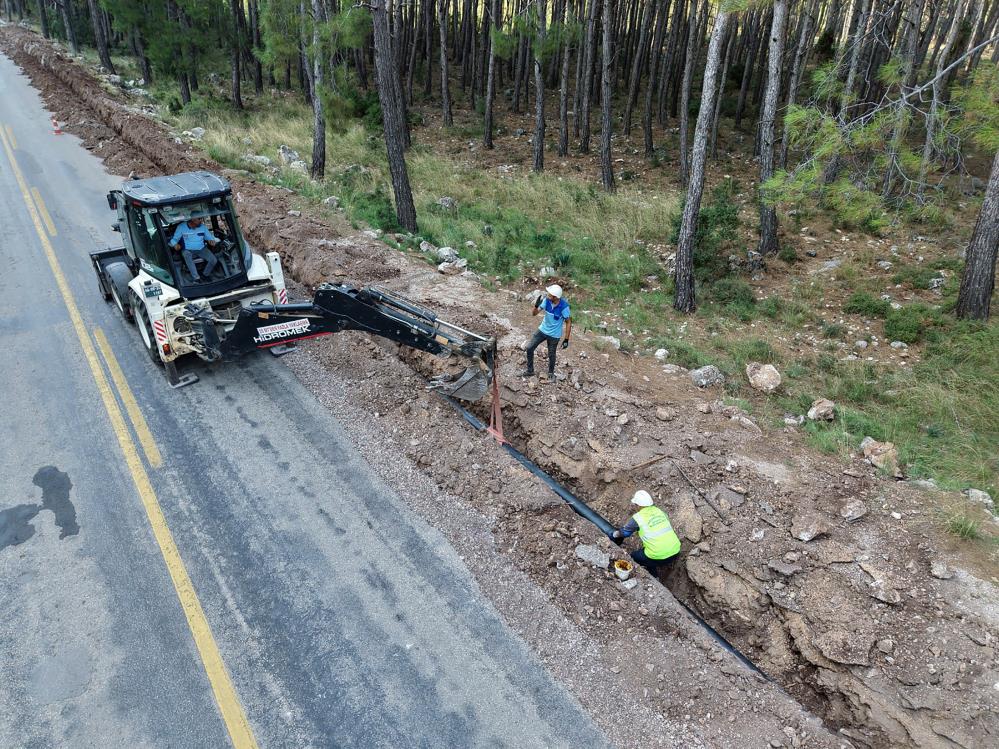

The project aims to replace the old and inadequate water lines with a modern, high-capacity pipeline system designed to meet current and future demand. Once completed, the new infrastructure is expected to fully eliminate the water supply problems that residents have faced in recent years.
MUSKİ teams are carrying out excavation and pipe installation works throughout the affected areas. Officials noted that the upgraded system will not only provide consistent water flow but also improve overall service quality and reduce maintenance needs.
Residents in Kayaköy and Karakeçililer are expected to benefit significantly once the project is completed, marking a long-awaited solution to one of the region’s most persistent utility issues.
Source: Fethiye TV
Karataş Lake Turns to Dry Soil Amid Severe Drought
Burdur – Karataş Lake in Burdur, once a thriving source of livelihood for local residents and an important habitat for hundreds of bird species, has now completely dried up, leaving behind a vast expanse of cracked, barren soil.
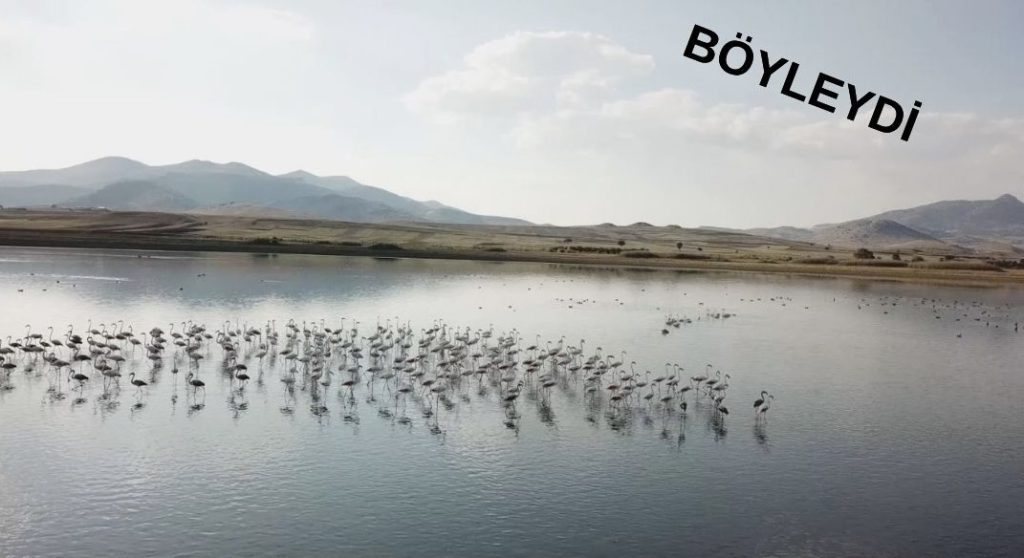

The lake, which for generations supported fishing, agriculture, and seasonal tourism, has been severely impacted by long-term drought, declining groundwater levels, and insufficient water inflow. What was once a vibrant ecosystem is now a stark reminder of the growing effects of climate change and regional water mismanagement.
Local residents express deep concern as the disappearance of the lake not only disrupts biodiversity but also affects the agricultural economy that relied on its water. Bird species that once frequented the area in large numbers have also diminished significantly due to the loss of wetland habitat.
Environmental experts warn that similar ecological collapses could increase unless effective water conservation strategies are implemented across the region. Karataş Lake now stands as a symbol of the urgent need for sustainable water management in Burdur and beyond.
Source: Fethiye TV
Ancient Mask Reliefs Unearthed at Roman-Era Theater in Southern Turkey
Osmaniye – Ongoing excavations in the 2,700-year-old ancient city of Kastabala in Osmaniye have led to the discovery of five new theatrical mask reliefs, bringing the total number of masks unearthed this year to 36. The findings were made in the ancient theater area, believed to have been built in the 1st century AD during the Roman Empire and originally capable of seating around 5,000 spectators.
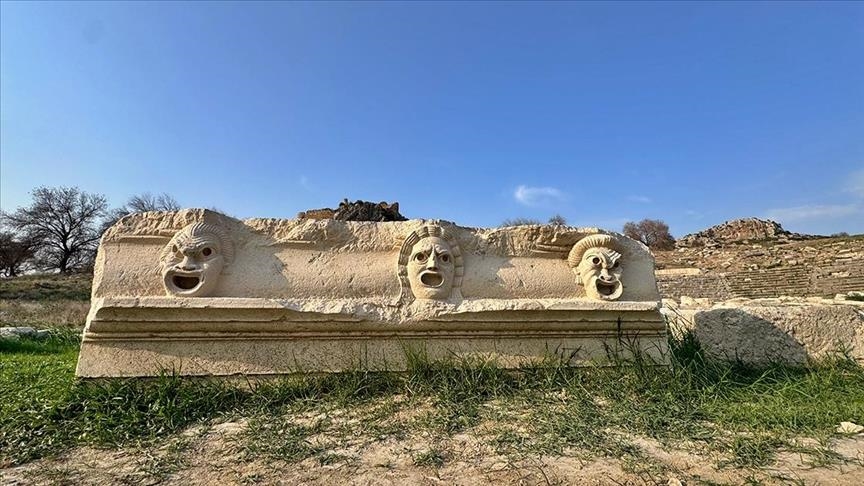
The excavation team, led by Faris Demir, an archaeologist at Osmaniye Korkut Ata University, has been focusing on uncovering architectural elements of the stage building as well as artistic relics linked to ancient performance culture.
Demir told Anadolu that similar mask discoveries have been made in previous excavation seasons.
“We unearthed masks in Kastabala in previous years as well. These depicted tragedy and comedy plays,” he said. “We have also brought to light numerous architectural elements belonging to the stage building. These finds will make it possible to restore the structure.”
Among the newly discovered pieces, Demir highlighted the importance of a mask relief representing an elderly thinker or philosopher, noting that it deepens understanding of the theater’s cultural role.
“The most important of the new discoveries is a carving of an elderly thinker,” he said. “This indicates that the theater served not only as a performance venue but also as a cultural center where philosophical and literary discussions were held.”
Demir added that the masks show influences from both Eastern and Western cultural traditions, reflecting Kastabala’s historical significance as a crossroads of civilizations.
With the project progressing steadily, Demir said the long-term goal is to fully restore the stage building:
“With this year’s finds, the number of masks discovered has risen to 36. By the end of this project, we will be able to restore the stage building and hand it down to future generations.”
Source: Anadolu Agency
New Earthquake Early Warning System Marks Major Safety Breakthrough in Turkey
Istanbul – Turkey has taken a significant step forward in earthquake preparedness with the improved Earthquake Early Warning System developed by Boğaziçi University’s Kandilli Observatory and Earthquake Research Institute (KRDAE). The system demonstrated its effectiveness on Oct. 2, when it successfully issued its first real-time alert just 8.4 seconds after a magnitude 5.0 earthquake struck the Marmara region.
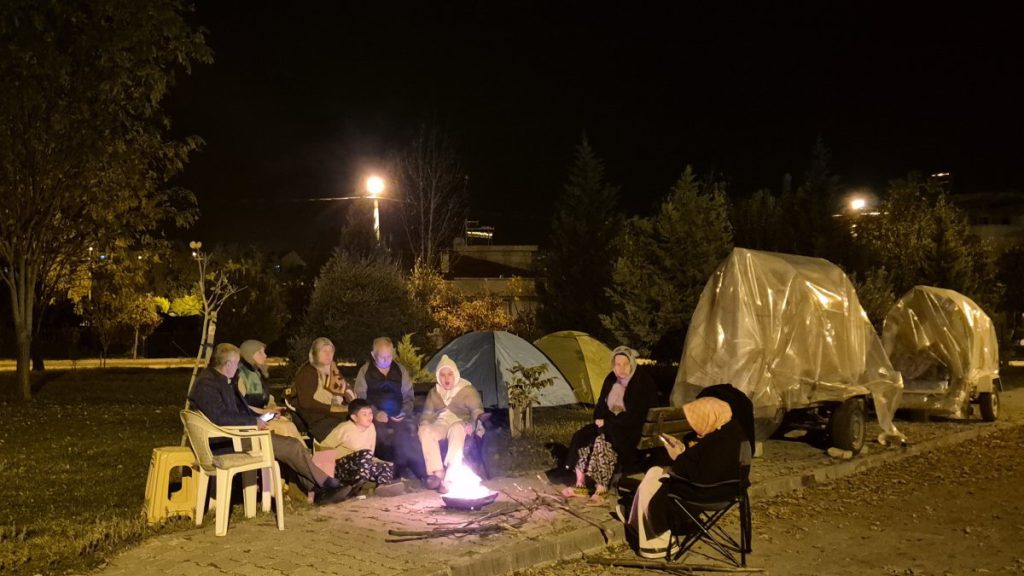
KRDAE’s work centers on the high-risk Marmara region, one of Turkey’s most seismically active areas. The project has now entered a new phase, focused on creating an advanced detection infrastructure capable of identifying the first, fastest-moving seismic waves and issuing alerts within seconds. These critical moments can allow authorities and citizens to take rapid precautionary measures, reducing injury, damage, and disruption.
A major leap in the system’s performance came from upgrading the data transmission infrastructure of seismic stations across the Marmara region. These improvements reduced transmission delay to the Kandilli Observatory to just 0.2 seconds.
When seismic activity is detected, real-time signals are immediately processed by specialized software that rapidly determines the earthquake’s location and estimates its magnitude. This enables the system to generate an alert almost instantaneously.
The recent Marmara Sea earthquake served as a crucial real-world performance test. After seismic waves reached land-based stations in about five seconds, KRDAE’s software analyzed the data and issued the first alert within a total of 8.4 seconds. Officials say this validates the system’s ability to function effectively under real earthquake conditions and provides valuable data for ongoing improvements.
KRDAE, in collaboration with a software development firm, has also created an iOS-based mobile application that delivers early warning signals directly to users. The system is currently being tested on approximately 2,500 devices, with real earthquake events used to measure notification speed and reliability.
Looking ahead, KRDAE plans to expand the early warning system across Turkey. Upcoming steps include:
- Installing new low-latency seismic stations throughout the country
- Releasing an Android version of the mobile app
- Enhancing software infrastructure to support large-scale, simultaneous alert distribution
Officials say these developments will strengthen Turkey’s ability to respond swiftly to future earthquakes, making early warning technology a vital component of national safety efforts.
Source: Daily Sabah
Connect with us on social media for regular updates.
Follow us on UK Travel
UK Travel is part of Fethiye Times — connecting local life in Turkey with travel inspiration from the UK.
Follow UK Travel and let us take you on a journey across the nation — one story, one adventure, and one discovery at a time.
Start your journey now ![]() https://fethiyetimes.com/uk-travel/
https://fethiyetimes.com/uk-travel/

